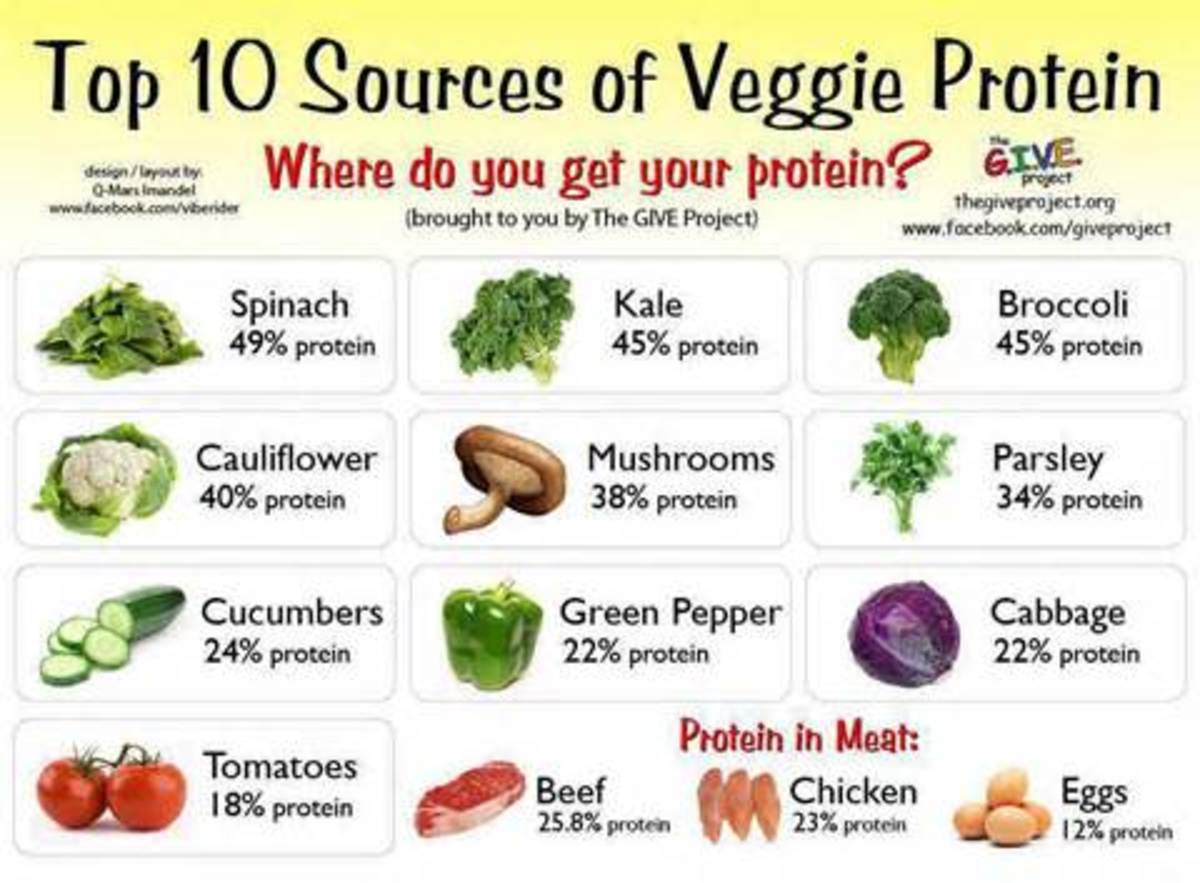Is My Child Overweight?

Is my child overweight?
The number of obese children continues to grow. Over the past two decades, this number has grown by more than 50 percent, and the number of “extremely” obese children has nearly doubled. Doctors and healthcare professionals determine if a child is obese by measuring weight and height. Although children experience minor adult weight problems, obese children have a high risk of becoming obese adolescents and adults. In turn, adults with weight problems may have various health complications, including coronary heart disease, diabetes, heart problems, high blood pressure and even certain forms of cancer.
What are the main factors for childhood obesity?
Children can become obese for various reasons. The most common are genetic factors, lack of physical activity, unhealthy eating patterns, or a combination of these factors. In rare cases, a medical problem, such as an endocrine disorder, can lead to a child becoming obese. Your doctor may perform a physical exam and blood tests to rule out this hypothesis.
Genetic Factors
Children whose parents or siblings are overweight have an increased risk of becoming obese themselves. Although weight problems are common within some families, not all children with a family history of obesity will also become obese.
Lifestyle
A child's eating habits and degree of physical activity both play an important role in their health and weight. The growing popularity of television, computers, video consoles, and other technological phenomena of virtual interaction contribute to physical inactivity and physical inactivity from an early age. The average time a child watches TV per week is 24 hours, a useful time that could be spent playing outdoor or even indoor sports.
Is my child overweight?
If you suspect your child is obese, talk to a pediatrician or specialist doctor. A professional is able to determine if there is a problem, or whether weight variation is natural to age, by relating growth patterns to age, weight and height to determine whether or not your child is obese. In any case, gauging childhood obesity categorically is dangerous, and very difficult, even for industry professionals, because growth at these ages is quite unpredictable. For example, it is normal for boys to have a growth spurt and stabilize later. If a problem really does occur, follow your doctor's advice regarding changes in your child's eating habits and practices, as well as your child's lifestyle.
How can I help you?
Support you
One of the most important things you can do to help overweight children is to let them know that they are all right with you and that you love them regardless of their weight. Children's feelings about themselves are often based on their own parents' feelings about them. If you accept your child with any weight, they are more likely to feel good about themselves. It is equally important to talk about obesity, and to allow your child to share their concerns with you, as it is your child who knows best who has a weight problem. For these reasons, obese children need support, acceptance, and encouragement from their parents.
Focus on the Family
Parents should not discriminate and discard their children because of their weight, but focus on gradually changing the family's degree of physical activity and eating habits. Family involvement teaches everyone, not just children, to get into healthy eating habits.
Increased family physical activity
Regular physical activity in combination with healthy eating is the most efficient form of weight management available. It is also a fundamental part of a healthy lifestyle. Here are some simple ways to increase your family's physical activity:
• Be a role model for your child. If your child sees that you are physically active and having fun doing so, you are more likely to mimic this behavior, learn to enjoy sport and continue to practice sports throughout your life.
• Plan joint exercises with various family members, such as walking, dancing, cycling, or swimming. For example, you can schedule an evening outing with your family instead of sightseeing at night watching TV. However, make sure that these family activities can be carried out in a safe environment.
• Be sensitive to your child's particular needs. Overweight children may be uncomfortable participating in certain activities. It is crucial for developing a taste for sport to help your child find activities that are not particularly difficult or embarrassing.
• Reduce the amount of time you and your family spend in sedentary activities such as video games, surfing the Internet, or watching TV.
• Be more active throughout the day and encourage the whole family to adopt the same habits. Go up and down stairs instead of riding an elevator, or walk to work and leave your car at home.
• The aim is not to make exercise an obligation or something unwanted, but rather to show how the child can have fun with it and make it an integral part of everyday life.
Teach your family healthy eating habits
Healthy eating from an early age helps a child to look at food in a balanced way that is necessary for growth, development and energy source.
The best way to get started is to learn more about your child's nutritional needs by reading books or talking to a healthcare professional, and then giving them healthy eating options, giving them the choice of what to eat.
Some ways to help your child develop good eating habits:
Do not put your child on a strict diet
Children should never be put on strict diets to lose weight except for medical reasons with medical advice. Limiting what children eat can be extremely harmful to their health and interfere with growth and development.
To promote sustained growth and prevent obesity, parents must be nutritionally caring and provide a variety of foods from all food groups, such as respecting the food pyramid.
The food pyramid illustrates the importance of a balanced diet between food groups in daily patterns.
Progressively reduce your family's diet fats
Reducing fat is a good way to cut calories without depriving your child of essential nutrients. Simple ways to reduce fat include eating lean dairy products, skinless poultry and lean meats. However, be aware that any changes in children's diet and eating habits should be supervised by a healthcare professional. In addition, fats should not be cut in children under 2 years of age, and from that age children should adopt a diet containing up to 30% of calories from fat up to 5 years.
Don't cut the candy dramatically
While it is important to be careful about fat, salt and sugars in foods that are provided to children, all foods play a moderate role in the diet.
Guide your family choices, don't become a dictator
Make sure there are several eating schools available in the house. This variety will make children learn to make healthy eating choices.
Encourage your child to eat slowly
A child can detect satisfaction by eating with weight.
Try to eat as many family meals as possible
Try to make meals fun and healthy, with conversation and sharing, not a time for discussing or being in a bad mood. If meals are unpleasant periods, children will eat quickly to get up from the table and may associate eating with stress.
Involve children in food shopping and preparation
These activities give parents clues about their children's dietary preferences, teach children about nutrition, and give children a sense of belonging and complicity throughout the process. Additionally, children may be more open to trying foods they have prepared or helped to prepare.
Discourage meals in front of the TV
Try to eat meals or snacks only in designated areas of your home, such as the dining room or kitchen. Eating while watching TV can interfere with children's ability to know when they are satisfied and lead to excess food intake.
Do not use food to punish or reward
Using food as a punishment can have negative effects. For example, punishing a child without dinner causes the child to worry about their appetite later. As a result, children will eat whenever they have the opportunity. Using candy as a reward will also be a bad practice, as children may have a feeling that these foods are more “valuable” than the rest. For example, telling your child that you can eat dessert if you eat all vegetables translates the wrong message about vegetables.
Make sure meals away from home are balanced.
Find out about your child's school food program, or make your own lunch at home for your child to take with a variety of foods. Also make healthy choices when eating in restaurants.
Be an example
Children learn fast, and they learn by the best example. Being a good example for your children when eating a variety of foods and being physically active will teach your children a healthy lifestyle and eating habits that they can follow for the rest of their lives.








